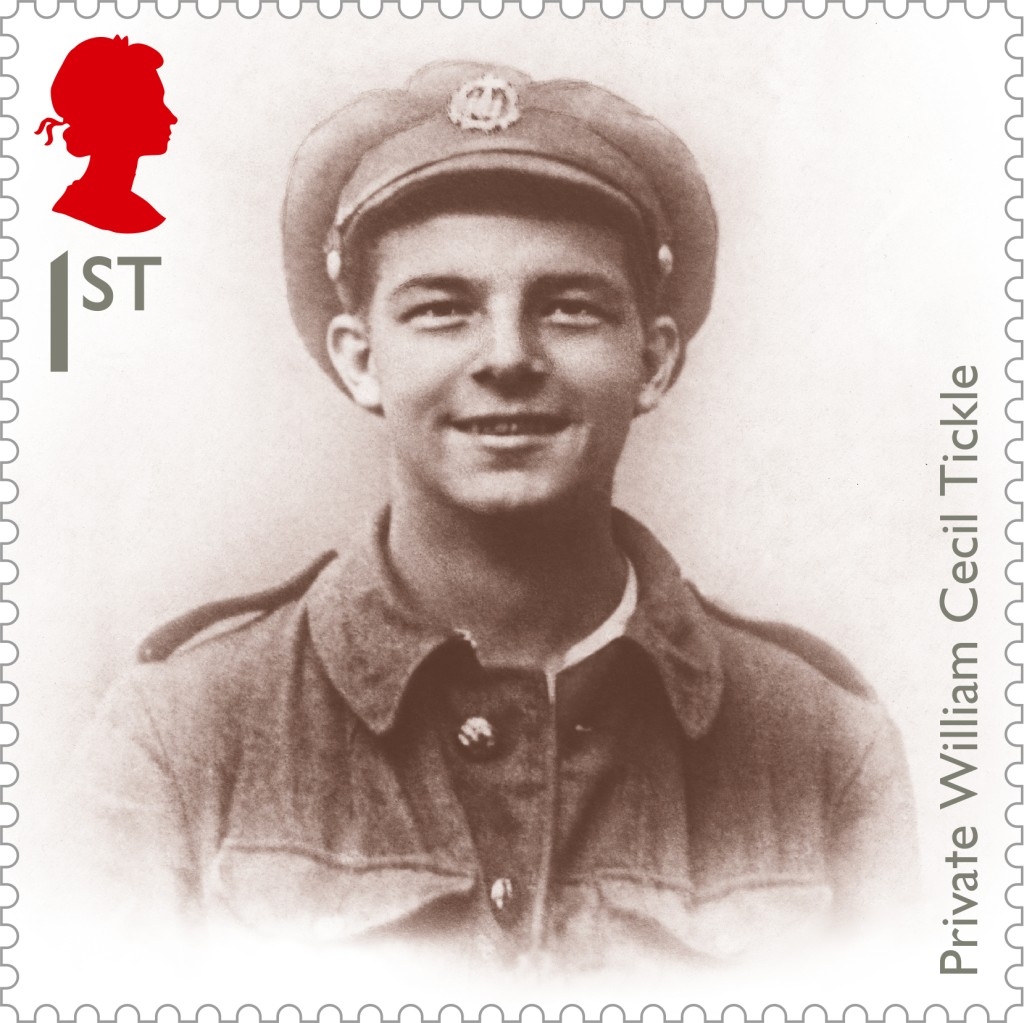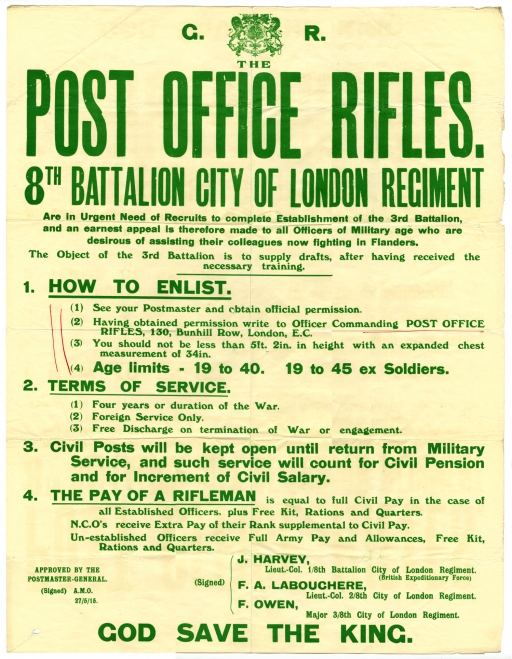Sally Wenham, who writes for the Post Office shop blog, reveals the First World War research she has been doing to coincide with the release of a selection of coins and stamps.
In 1914 the General Post Office (GPO) was one of the world’s leading employers with a workforce of over a quarter of a million people.
The Great War however had a significant impact on its service and during conscription many postal workers left to fight on the Western Front or to join many army postal services.
However, despite the loss of workforce, the Post Office maintained operation.
With around a quarter of its employees involved in active service during the Great War of 1914 to 1918, the Post Office drafted in a large amount of temporary workers to assist with the continuation of the postal service.
Included in the temporary workforce were 35,000 women, many of whom became Postwomen in their own right.
The War Office worked with the Post Office to employ many bilingual female workers to work in a censorship effort.
Spies
The effort monitored mail and telegrams from neutral countries in order to potentially catch spies, prevent the disclosure of confidential information relating to the war effort and also to monitor economies and prevent the import of vital supplies to Germany.
Due to the increasing war effort, postal services had to be limited in order to use some resources elsewhere.
In rural areas particularly, postal services were reduced significantly against normal peacetime service levels.
 Commemorative stamp featuring Private Tickle.
Commemorative stamp featuring Private Tickle.
Postal deliveries by road were regulated in order to conserve fuel which could be better used elsewhere.
To tie in with the reduced road service, mail trains had their timetables changed to match the alterations in services.
Due to the economical effects of the First World War, the Treasury had been drained whilst supporting the war effort.
In light of this, the government ended the Penny Post in 1918 in order to raise extra revenue to boost the economy.
By doing this, they increased the postage rate by half a penny. Although Great Britain felt the effects of the First World War for many years, the rise in postage charges was a contributing factor to its economic recovery.
Link to Post office blog with other First World War stories here
Posted by Mike Swain, deputy editor, (features) Centenary News
